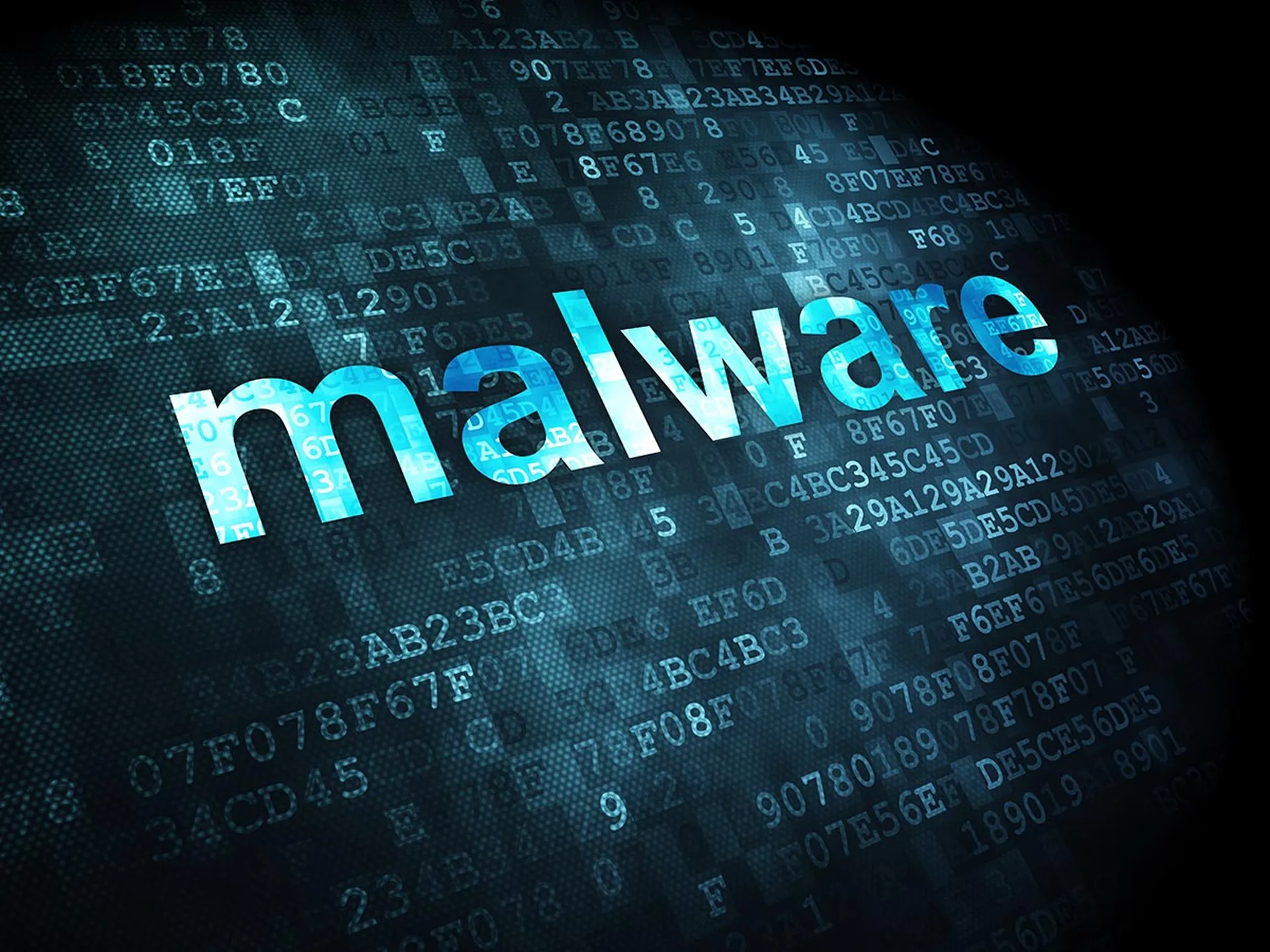In an FBI and Department of Homeland Security (DHS) alert, the government agencies warned cybersecurity professionals about SamSam MSIL/Samas.A ransomware attacks.
Within the alert, the government agencies recommended that organizations take these 14 steps to mitigate the risk of SamSam ransomware infection. Here's the mitigation guidance, word for word from the FBI and DHS memo:
1. Audit network for systems that use RDP for remote communication. Disable the service if unneeded or install available patches. Users may need to work with their technology venders to confirm that patches will not affect system processes.
2. Verify that all cloud-based virtual machine instances with public IPs have no open RDP ports, especially port 3389, unless there is a valid business reason to keep open RDP ports. Place any system with an open RDP port behind a firewall and require users to use a virtual private network (VPN) to access that system.
3. Enable strong passwords and account lockout policies to defend against brute force attacks.
4. Where possible, apply two-factor authentication.
5. Regularly apply system and software updates.
6. Maintain a good back-up strategy.
7. Enable logging and ensure that logging mechanisms capture RDP logins. Keep logs for a minimum of 90 days and review them regularly to detect intrusion attempts.
8. When creating cloud-based virtual machines, adhere to the cloud provider’s best practices for remote access.
9. Ensure that third parties that require RDP access follow internal policies on remote access.
10. Minimize network exposure for all control system devices. Where possible, disable RDP on critical devices.
11. Regulate and limit external-to-internal RDP connections. When external access to internal resources is required, use secure methods such as VPNs. Of course, VPNs are only as secure as the connected devices.
12. Restrict users' ability (permissions) to install and run unwanted software applications.
13. Scan for and remove suspicious email attachments; ensure the scanned attachment is its "true file type" (i.e., the extension matches the file header).
14. Disable file and printer sharing services. If these services are required, use strong passwords or Active Directory authentication.
SamSam Ransomware: U.S. Department of Justice Investigation
The FBI and DHS alert comes only a few days after the U.S. Justice Department charged two Iranian nationals as the masterminds behind the recent SamSam ransomware attacks.
Recent data suggests ransomware attacks remain prevalent. For instance: From Q2 2016 to Q2 2018, 79 percent of MSPs report ransomware attacks against customers, according to Datto research.
The cyber kidnappers behind SamSam ransomware attacks in Atlanta and Colorado earlier this year have hit nearly 70 organizations in the last 10 months, according to Symantec.




